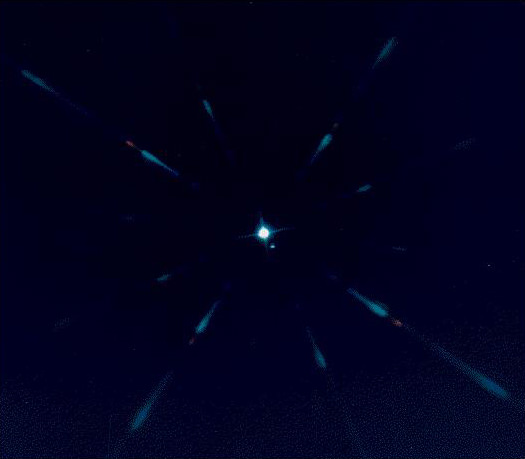Astronomy is all about thinking big, both in time and space.
The Earth turns on its axis, the Moon passes through its phases, and the planets come into opposition and solar conjunction on a routine basis.
Of course, on the other end of the spectrum, there are some events which traverse such colossal spans of time that the mere mortal life span of measly homo sapiens such as ourselves can never expect to cover them. Many comets have periods measured in centuries, or thousands of years. The axis of the Earth wobbles like a top, completing one turn every 26,000 years in what’s known as the Precession of the Equinoxes. Our solar system completes one revolution about the galactic center every quarter billion years…
Feeling puny yet? Sure, astronomy is also about humility. But among these stupendous cycles, there are some astronomical events that you just might be able to live through. One such instance is the orbits of double stars. And as 2015 approaches, we challenge you to see of the most famous white dwarf of them all, as it reaches a favorable viewing position over the next few years: Sirius B.
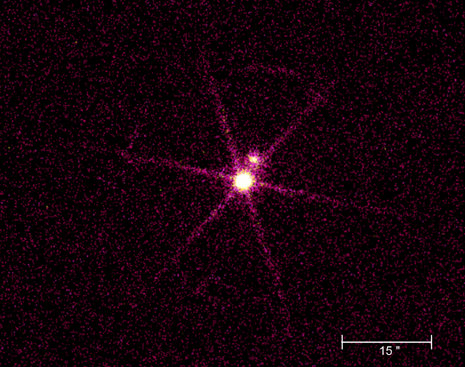
Sirius itself is easy to find, as it’s the brightest star in Earth’s sky shining at magnitude -1.42. In fact, you can spot Sirius in the daytime sky if you know exactly where to look.
But it is one of the ultimate in cosmic ironies that the most conspicuous of stars in our sky also hosts such an elusive companion. The discovery of Sirius B awaited the invention of optics capable of resolving it next to its dazzling host. Alvan Clark Jr. and Sr. first spied the enigmatic companion on January 31st, 1862 while testing their newly constructed 18.5 inch refractor, which was the largest at the time. The discovery was soon verified from the Harvard College Observatory, adding Sirius A and B to the growing list of multiple stars.

And what a strange companion it turned out to be. Today, we know that Sirius B is a white dwarf, the cooling dense ember of a main sequence star at the end of its life. We call the matter in such a star degenerate, not as a commentary on its moral stature, but the state the electrons and the closely packed nuclei within under extreme pressure. Our Sun will share the same ultimate fate as Sirius B, about six billion years from now.
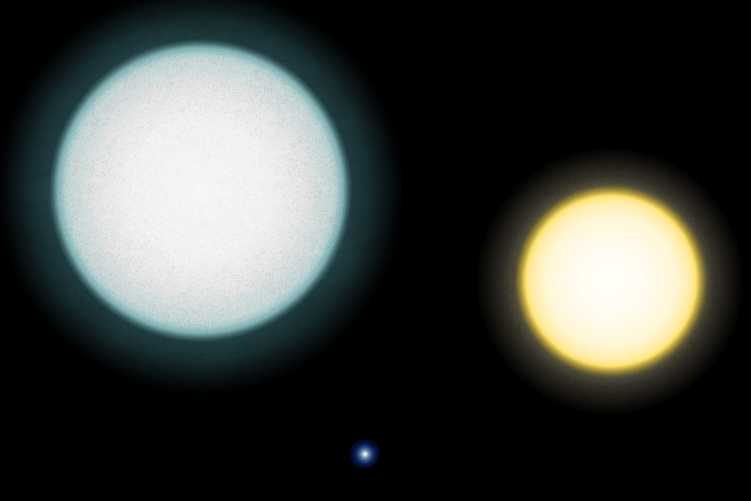
The challenge, should you choose to accept it, is to spot Sirius B in the glare of its host. The contrast in brightness between the pair is daunting: shining at magnitude +11, the B companion is more than 63,000 times fainter than -1.46 magnitude Sirius A.

A feat of visual athletics, indeed. Still, Sirius B breaks 10” in separation from its primary in 2015, as it heads towards apastron — its most distant point from its primary, at just over 11” in separation — in 2019. Sirius B varies from 8.2 and 31.5 AUs from its primary. Sirius B is on a 50.1 year orbit, meaning the time to cross this one off of your life list is over the upcoming decade. Perhaps making an animation showing the motion of Sirius B from 2015-2025 would present a supreme challenge as well.
Sirius culminates at local midnight right around New Year’s Eve, shining at its highest to the south as the “ball drops” ushering in 2015. Of course, this is only a fortuitous circumstance that is possible in our current epoch, and precession and the proper motions of both Sirius and Sol will make this less so millennia hence.
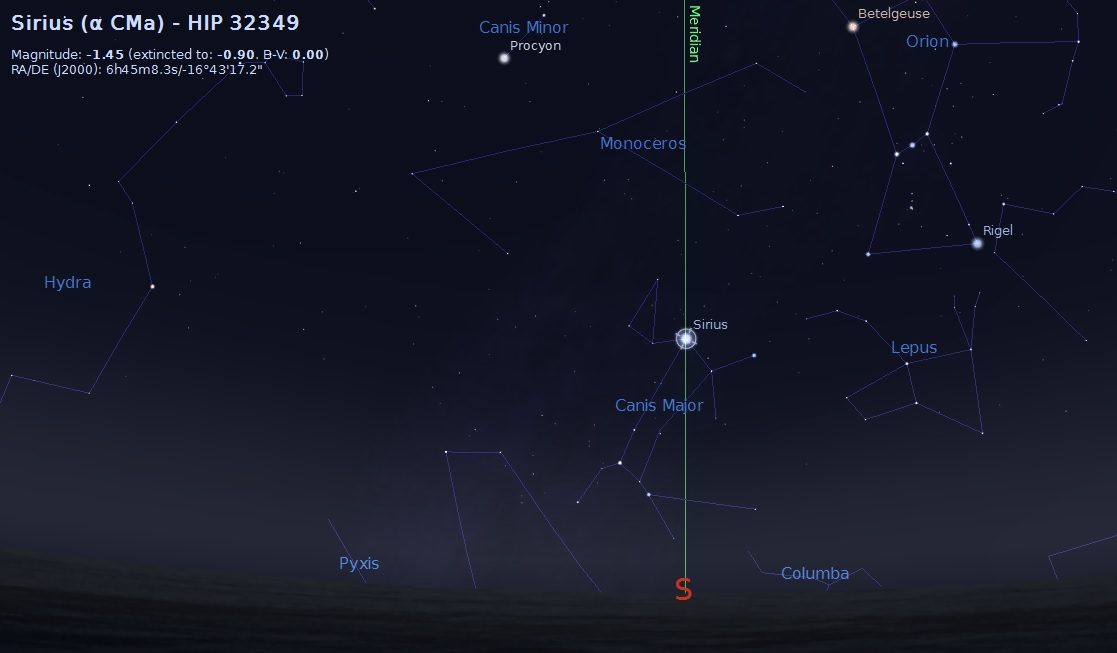
Newsflash: there’s a very special visual treat in the offing next week, as comet C/2014 Q2 Lovejoy is currently hovering around +6th magnitude and passes 19 degrees south of Sirius on Christmas Day… more to come!
Magnification and good seeing are your friends in the hunt for Sirius B. Two factors describe the position of a secondary star in a binary pair: its position angle in degrees, and separation in arc seconds. When it comes to stars that are a tough split, I find its better to estimate the position angle first before looking it up. A close match can often confirm the observation. Does a friend see the same thing at the eyepiece? A good star to “warm up” on is the +6.8 magnitude companion to Rigel in the foot of Orion, with a separation of 9”.
Nudging Sirius just out of view might allow the B companion to become apparent. Another nifty star-spliting tool is what’s known as an occulting bar eyepiece. Making an occultation bar eyepiece is easy: we’ve used everything from a small strip of foil to a piece of guitar string (heavy E gauge works nicely) for the central bar. An occulting bar eyepiece is also handy for hunting down the moons of Mars near opposition.
Sirius B also works its way into cultural myths and lore, not the least of which are the curious tales of the Dogon people of Mali. At the outset, it seems that these ancient people have knowledge of a small dense hidden companion star to Sirius, knowledge that requires modern technology to reproduce. Carl Sagan noted, however, that cultural contamination may have resulted in the late 19th century discovery of Sirius B making its way into the Dogon pantheon. The science of anthropology is rife with anecdotes that have been carefully fed to credulous anthropologists only to be reported later as fact, all in the name of a good story.
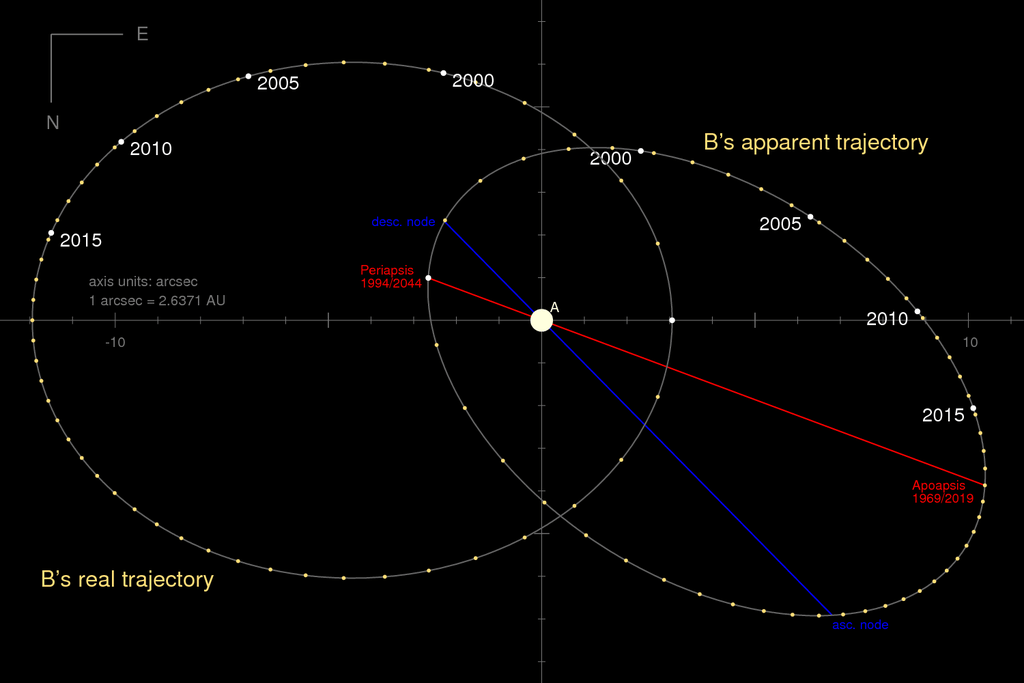
All amazing things to ponder as you begin your 2015 quest for Sirius B, a bashful but fascinating star.
– Read more on the curious case of the Dogon and Sirius B.
-Want more white dwarfs? Here’s a handy list of white dwarfs of backyard telescopes.

